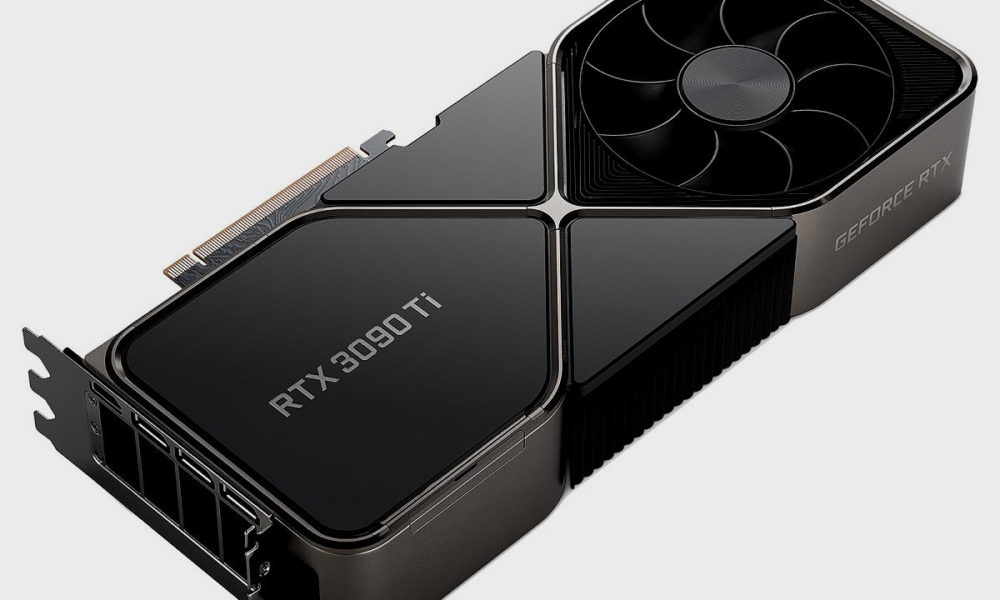Google Camera will receive the first major redesign of its interface in years. The main focus will be to place the controls at the bottom of the screen for better accessibility.
Update details
The settings button, which remains mostly unchanged and continues to expand from the top, has been moved to the lower left corner of the screen. Besides clicking on it, you can open the settings by swiping up. At the top of the screen was a blank and rather noticeable strip without any buttons (in the current version there are settings that are also called up by swiping down). The change can be inconvenient as users will have to constantly scroll between the top and bottom areas of the screen instead of doing everything together as they are now.
In the new version, the same black area of the screen where the settings will be located now also includes a transition between photo and video. In this way, the developers separate the Photo and Video buttons from the various additional shooting modes (Portrait, Panorama, Night, Exposure and others). Depending on the type of capture selected, they will appear in a loop over this new area.

Google Camera in Photo / Screenshot mode 9to5Google

Google Camera in Video / Screenshot mode 9to5Google
The shutter button remains the same, but the main/front camera switch is now on the right and the last shot view is on the left, which can be a problem for users accustomed to the reverse order. The zoom switch stays slightly higher in the same place, as do the various sliders on the left and right edges.
Other changes
- Google is also working on Progressive HDR to speed up the shooting process and reduce the chance of noise with shorter delays between frames.
- There is now also “AWB Segmentation” to “apply different operations to individual parts of the scene to make it more accurate”.
- Another feature will be Adaptive Touch to “prevent overexposed shots and improve low light photography” by adjusting/reducing flash intensity depending on the scene.
- The Motion tab has been split into two different options: Long Exposure and Motion Pan, and Cinematic Pan stabilization mode has been replaced with Pan only.
- If you’re used to the old Pixel Stabilization modes, you’ll find that in the Pixel 8’s camera app they are now in a drop-down menu with three different options: Standard, Locked, and Active.
The Pixel camera app is one of the best on the market thanks to its algorithms. It can use old hardware and still make it take incredible photos that will outshine even some newer models. The new version will be released in September along with the eighth generation smartphones. Connection to other smartphones will appear a little later.
Source: 24 Tv
John Wilkes is a seasoned journalist and author at Div Bracket. He specializes in covering trending news across a wide range of topics, from politics to entertainment and everything in between.















